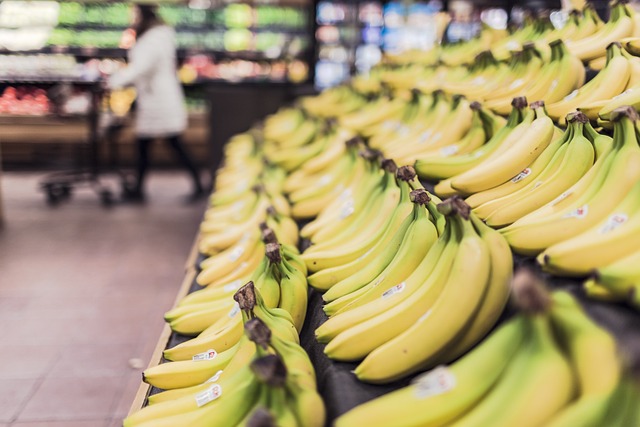Blog
Beyond Yogurt: Exploring Lesser-Known Sources of Probiotics for Maximum Health Benefits
Probiotics have gained significant attention in recent years for their potential health benefits. While yogurt is a popular source of probiotics, there are many other lesser-known sources that offer a diverse range of good bacteria for optimal gut health. In this blog post, we will explore some of these alternative sources and how they can contribute to your overall well-being.
Kombucha
Kombucha is a fermented tea drink that has been consumed for thousands of years. It is made by fermenting black or green tea with a SCOBY (symbiotic culture of bacteria and yeast). This process creates a tangy and effervescent beverage that is rich in probiotics. Kombucha not only provides you with beneficial bacteria but also contains antioxidants and polyphenols that can boost your immune system.
Sauerkraut
Sauerkraut is a traditional fermented cabbage dish that originated in Germany. It is made by finely shredding cabbage and fermenting it with salt. During fermentation, the natural sugars in cabbage are converted into lactic acid by beneficial bacteria. This creates an acidic and tangy flavor while preserving the cabbage and increasing its nutritional value. Sauerkraut is an excellent source of probiotics and also contains high amounts of vitamins C and K.
Miso
Miso is a traditional Japanese seasoning made from fermented soybeans, rice, barley, or other grains. It is commonly used in soups, marinades, and dressings. Miso fermentation involves the action of a specific fungus called koji, along with other bacteria and yeast. The final product is a flavorful paste that adds a unique umami taste to dishes. Besides its probiotic properties, miso also provides essential amino acids and minerals like manganese and zinc.
Tempeh
Tempeh is another fermented soy-based product originating from Indonesia. It is made by fermenting soybeans with a mold called Rhizopus oligosporus. The fermentation process binds the soybeans together, forming a compact cake-like structure. Tempeh has a nutty flavor and a firm texture, making it a versatile meat substitute. It contains a wide array of beneficial bacteria and is also a great source of protein, fiber, and vitamins B12 and K.
Kefir
Kefir is a fermented milk beverage that originated in the Caucasus mountains of Eastern Europe. It is made by adding kefir grains (a combination of yeasts and bacteria) to milk. The grains ferment the lactose in the milk, resulting in a tangy and slightly effervescent drink. Kefir is an excellent source of probiotics, calcium, and vitamin D. It can be consumed as is or used as a base for smoothies and other tasty recipes.
Kimchi
Kimchi is a traditional Korean side dish made from fermented vegetables, usually cabbage and radishes. The vegetables are seasoned with a mixture of spices, including red chili powder, garlic, ginger, and salt. During fermentation, lactic acid bacteria help develop the characteristic tangy and spicy flavor of kimchi. Apart from its probiotic content, kimchi is rich in vitamins A, C, and K, as well as antioxidants.
While yogurt remains a popular choice, exploring these lesser-known sources of probiotics can provide a variety of good bacteria strains and other health benefits. Incorporating a diverse range of these foods into your diet can contribute to a balanced gut microbiome, which plays a crucial role in overall health and well-being. So, go beyond yogurt and explore the different flavors and textures that these probiotic-rich foods have to offer!







